The Hart Museum remains closed. Los Angeles County has approved a plan to transfer the William S. Hart Museum and Park from the County to the City of Santa Clarita.
Teen Empowerment Through Community Science
Rachel's story is one of the best examples of how community science can inspire curiosity in young people for the natural world.
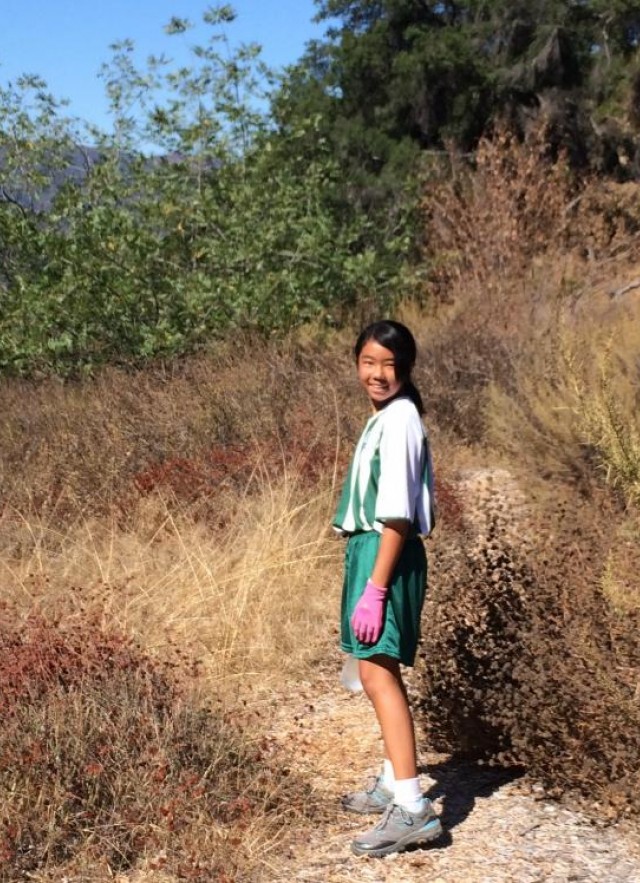
Published February 21, 2017
Rachel Ann Arias’s story is one of the best examples of how education and community science can inspire curiosity and enthusiasm for the natural world in young people. Hers is a story about a 12-year-old person with focus and thoughtfulness beyond her years, who is on a calculated mission to share her newfound knowledge of L.A. natural history with her peers and community.
I was fortunate to meet Rachel Ann in 2015, through our Nature Navigators program. Nature Navigators is a preteen program meant to empower youth between the ages of 9 and 12 through experience-based nature education and community science at the Natural History Museum of Los Angeles County and La Brea Tar Pits. The program acts as a club for preteens to come together with their peers and expand upon their knowledge and experience in the field of community science and wildlife research. Nature Navigators is one of a few nature education programs offered by NHM during the school year that cater to specific age groups.
Nature Navigators and the other programs provide a nurturing environment where students develop a better understanding of various community science projects and local natural history but also foster long-lasting friendships between young individuals that share unique interests. Let’s be honest—community science and nature exploration have not historically been the most popular hobbies for kids in the Greater L.A. area. I know this because I grew up in L.A. and, fearing ridicule, felt as if I had to hide my passion for wildlife from friends who had no interest in the outdoors.
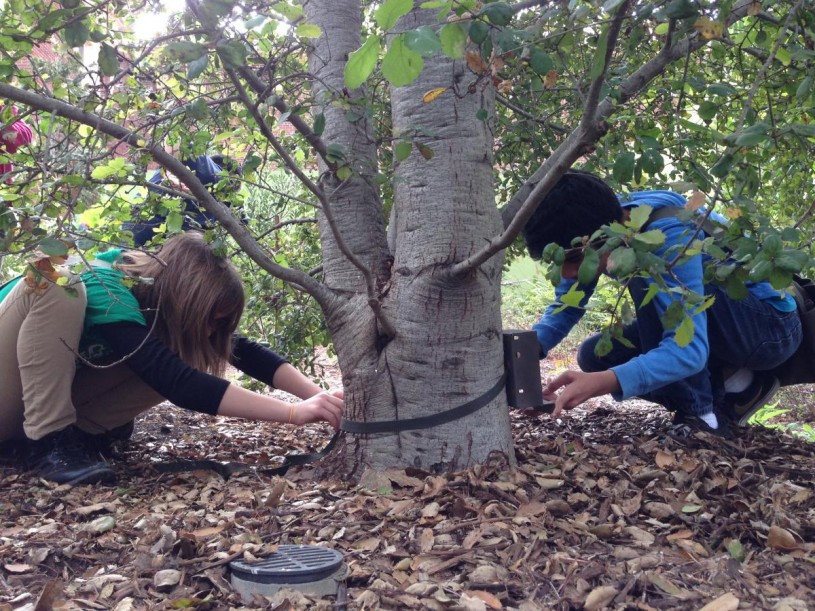
So when Richard Smart, my colleague and the Nature Navigators program leader, invited me to share my passion for camera traps with students, I jumped at the opportunity. I presented my work studying carnivores with camera traps, and then the students and I headed out to the Nature Gardens for some hands-on experience. I explained the process of choosing a location as we set up a camera trap and the importance of tracking when studying nocturnal and elusive species. We then created replicas of carnivore tracks I had taken in Griffith Park, including that of P-22. I answered their enthusiastic questions and then the students reunited with their parents, with whom they excitedly shared their animal track casts.
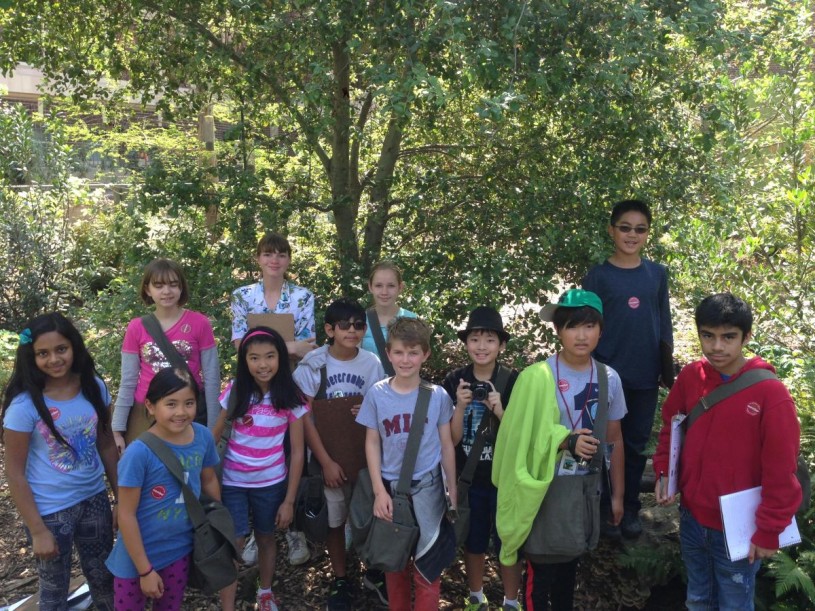
Approximately one year later, Richard shared a surprising e-mail. One of the Nature Navigators, a quiet and studious participant named Rachel Ann, wrote that my interaction with the class had left a lasting impression on her (no pun intended). Rachel Ann had realized that a camera trap would enable her to solve her own backyard wildlife mysteries. Previous to learning about camera traps, Rachel Ann, like the other young naturalists, relied on digital cameras or smart phones to document diurnal wildlife, which she then submitted to iNaturalist as a data point.
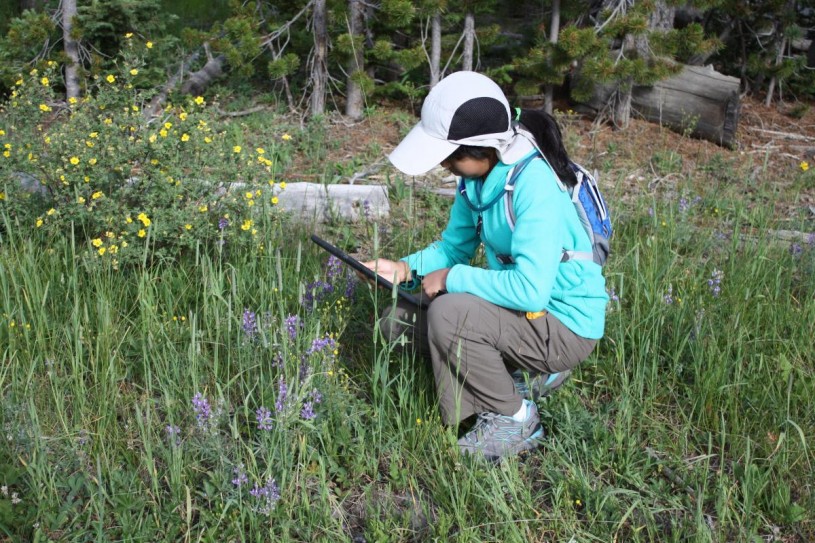
Unfortunately, those tools weren’t helpful in trying to document elusive and timid species that are mainly active at night, when most people, especially kids her age, are inside or asleep. Rachel Ann decided to ask for a camera trap for her birthday, which her grandparents generously provided. She immediately began exploring various locations in her backyard— located in the foothills of the San Gabriel Mountains—for nocturnal mammal activity, hoping to spot a wild carnivore. Her backyard exploration, however, resulted in mostly unremarkable domestic cat and bird images.
A family trip to Yellowstone National Park provided her with an idea for improving her chances to document wildlife and share her passion with people in her community. Rachel Ann got to meet a Yellowstone biologist who gave her important tips on using her camera trap—like leaving the camera for a longer period in contiguous habitat in order to catch more diverse species. Most importantly, the biologist showed Rachel Ann a track guide! She then began camera-trapping on a friend's property in a canyon near her home, which gave her a better chance for detecting larger mammals. Rachel Ann was excited to discover the presence of bobcats, coyotes, and even bears!
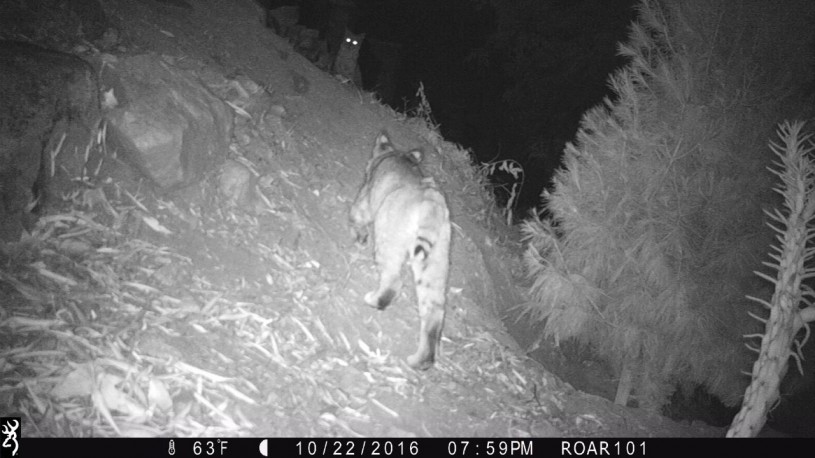
Rare footage of two bobcats (normally solitary) in Pickens Canyon, La Crescenta, CA.
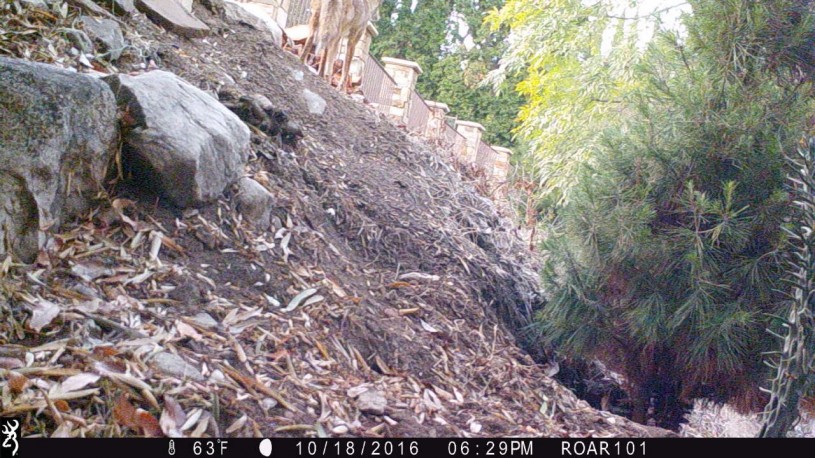
Daytime footage of a coyote traveling along the edge of a residential community in La Crescenta, CA.

Surprising footage of a black bear captured in Pickens Canyon, La Crescenta, CA.
The footage made Rachel Ann hungry not only for greater exploration but to share her discoveries with others, and she set her sights on a nearby open space called the Rosemont Preserve in the La Crescenta foothills. She believes it is important for the preserve’s visitors to be more aware of, and thus invested in, their natural surroundings, which will inspire them to support the conservation of the region's other important open spaces. She gave a formal presentation to the Rosemont Preserve Board of Advisors, in which she proposed a Girl Scout project that would use camera traps and animal track photos to create a nature guide for visitors. Her presentation was well-received and accepted by the board. She is currently gathering information on local tracks and scat (animal poop) and using her camera to create a library of wildlife images for her guide.
Rachel Ann recently told me about her goals and this is what she said:
"My goal with the Wildlife Guides is for people in my community and other visitors of Rosemont Preserve to see evidence of wildlife, be able to identify them and appreciate wildlife.
Since taking the Nature Navigator classes, I think community science is a lot of fun. I enjoy helping scientists and I also enjoy seeing how community scientists like me can gather a wide range of observations. I think I would like be an ecologist or wildlife biologist when I grow up so I can continue to work with wildlife and work with other people like me who enjoy community science and wildlife. For now, I am thinking about starting a citizen science club at my middle school next year. I am still trying to figure out the details of how to do that."
As an environmental educator, I can only hope that some of the children with whom I interact will be inspired to serve as future stewards of the environment and possibly even pursue a career in science. It’s my great fortune to work with thoughtful and conscientious students like Rachel Ann. As a proud new father of a baby girl, it is great to know there are young, empowered female environmental leaders who are standing up for nature. I can’t wait to see how Rachel Ann’s project turns out and what she accomplishes next!
With special thanks to Richard Smart (former Nature Navigators program leader), Lindsey Kelly (current Nature Navigators program leader), and Gabe Sjoberg (Nature Navigators program manager).